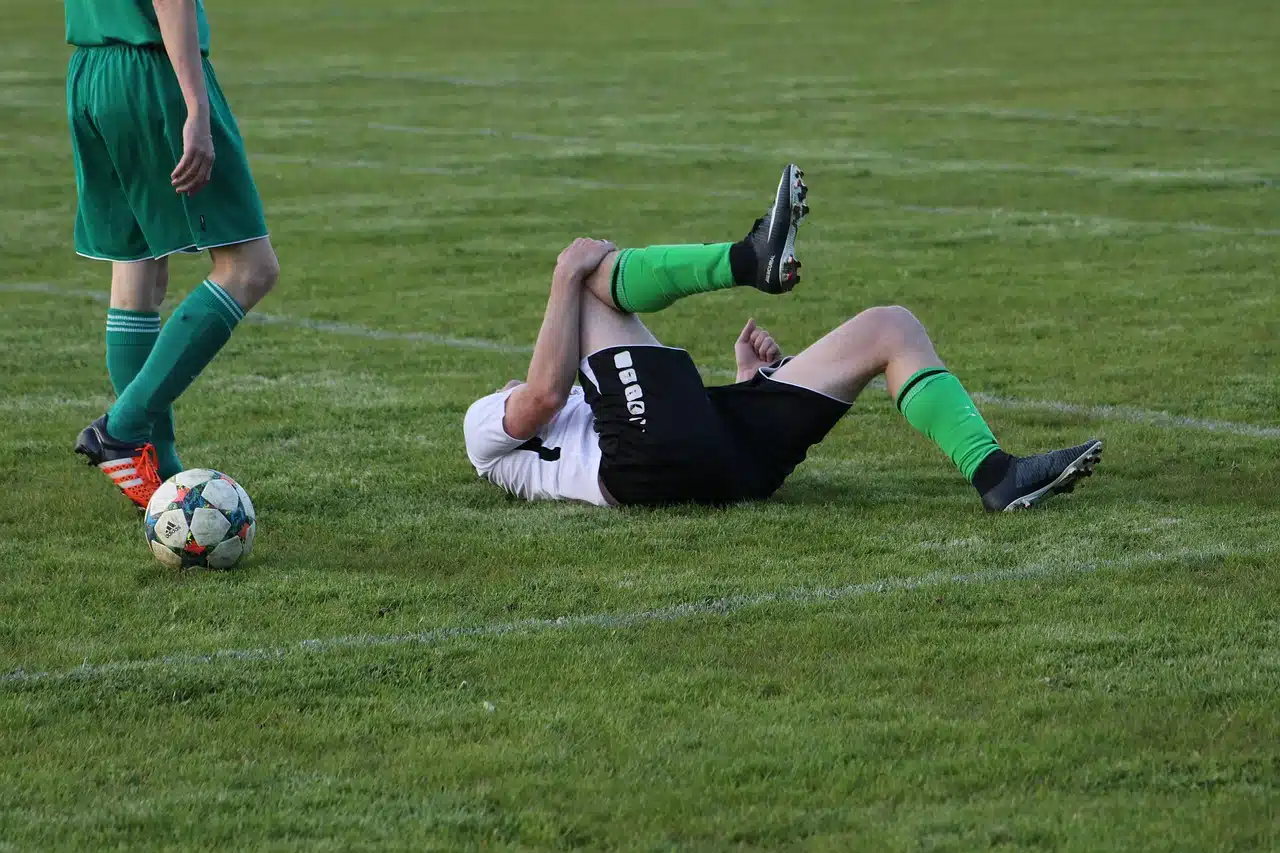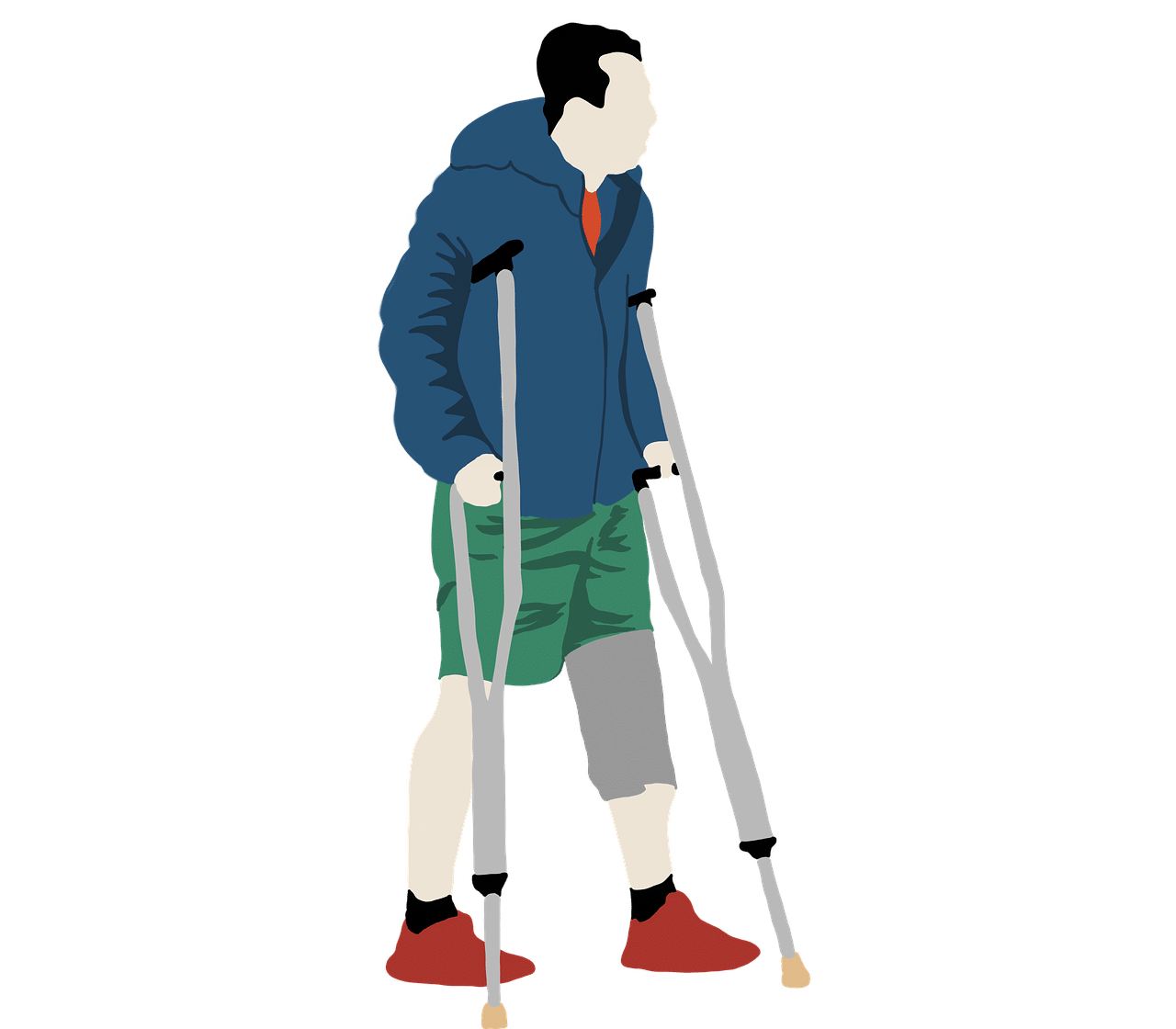
Trauma is an injury that is caused by an external mechanical action.
Trauma is a term that comes from Greek and means "action of wounding." This is the injury to organs or tissues that is caused by an external mechanical action .
Trauma involves physical damage that, in certain cases, can lead to life-threatening secondary complications. For example: "The victim was hospitalized due to multiple injuries," "A head injury left the player hospitalized in intensive care," "Yesterday I had a car accident but I only had a minor injury."
Soft tissue trauma occurs when there is a loss of continuity of the skin , which generates communication between the inside of the body and the outside. These wounds can be punctured, blunt, incised or other types.
Trauma to the extremities
When a force is applied to the skeleton, either directly or indirectly, it is possible that an injury may occur to the muscular system or the osteoarticular system. Trauma to the extremities is not usually the cause of a risk of death, although if adequate treatment is not followed, the consequences are likely to include some type of disability of varying importance. Among the resources typically used for diagnosis are nuclear magnetic resonance, arthrocentesis, x-rays and arthroscopies.
Traumatic injuries that occur to the extremities include the following types:
- Sprain : It is the temporary separation of the joint surfaces that causes stretching or rupture of the ligaments. It usually occurs after a joint is twisted too forcefully in a certain direction. In some cases, the sprain can cause the detachment of a bone fragment within the body, which must be detected through an x-ray for subsequent extraction.
- Dislocation : this is the division of the articular surfaces that is maintained over time ; In other words, the joint is dismantled. Among the causes of this injury are falls or collisions (within the group of direct mechanisms) and stretching that forces the joint (indirect mechanisms). A dislocation entails the permanent absence of the relationship that should exist between the surfaces of a joint, and is frequently accompanied by a rupture or disinsertion of the joint capsule and ligaments. It can also be understood as a dislocation that is generally named after the most distal bone of the affected joint (such as a knee or elbow) or the region that the displaced bone now occupies.
- Fracture : occurs when continuity in the tissue of a bone is lost. The consequences are very varied: they can be as minor as a small crack or as serious as the destruction of the bone, and the displacement of its two ends.

A fracture is an injury caused by trauma.
blow to the skull
Head traumas are much riskier than the previous ones: a skull fracture can lead to a brain injury with compromised consciousness, post-traumatic amnesia or vertigo syndrome.
Persistent headache, nausea, seizures and vomiting are symptoms of head trauma after a blow to the head.
Trauma to the spine
When we talk about trauma to the spine, the real risk does not lie in the fracture of any of the vertebrae, but in the damage that the spinal cord receives, since this always leads to a traumatic injury to the ligaments and bone and structure. muscular.
When the focus of the injury is the neck, regardless of the damage that the bones and marrow have received, the soft structures may be compromised.
